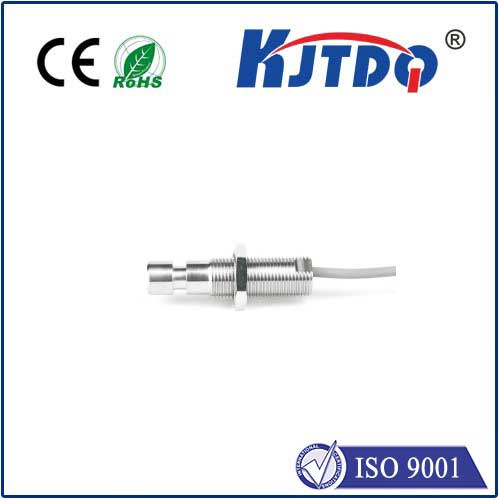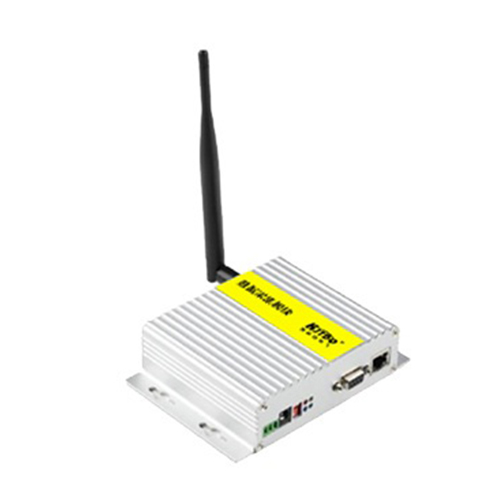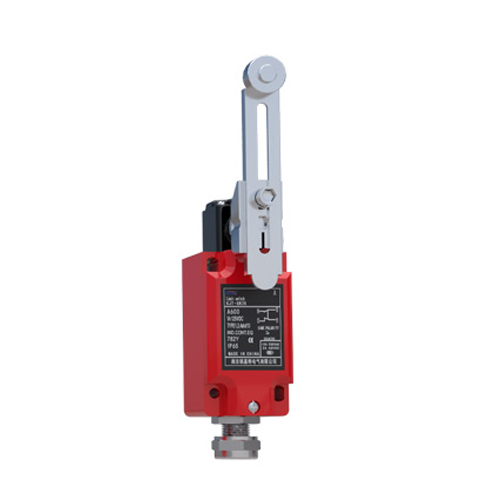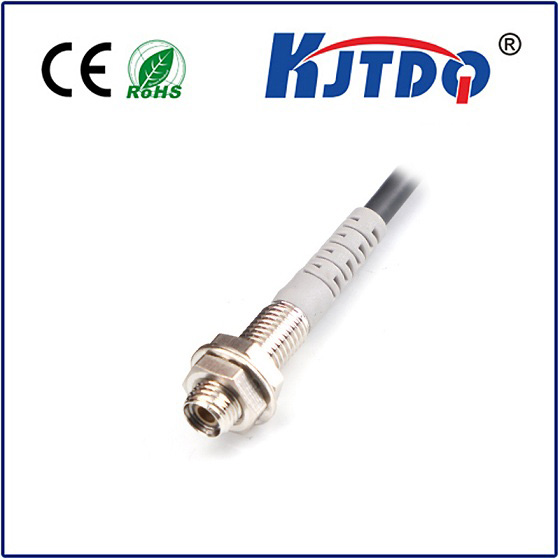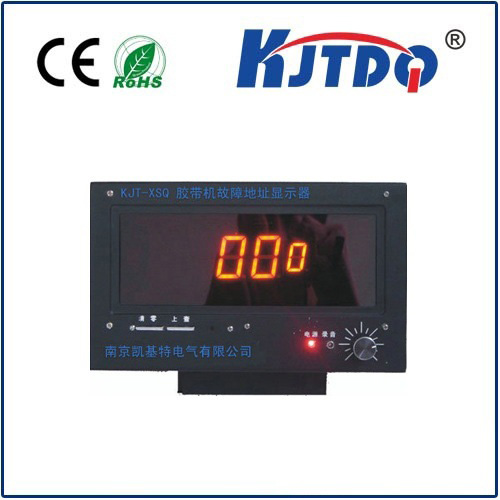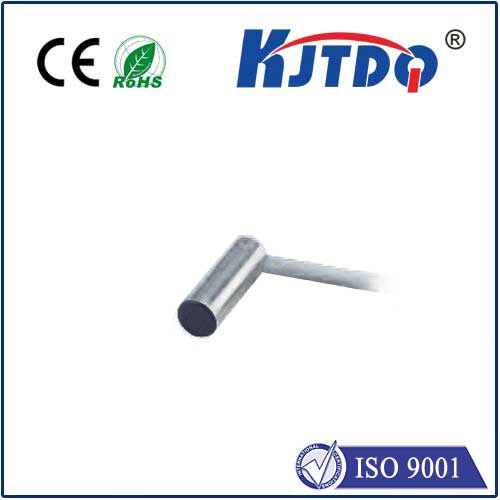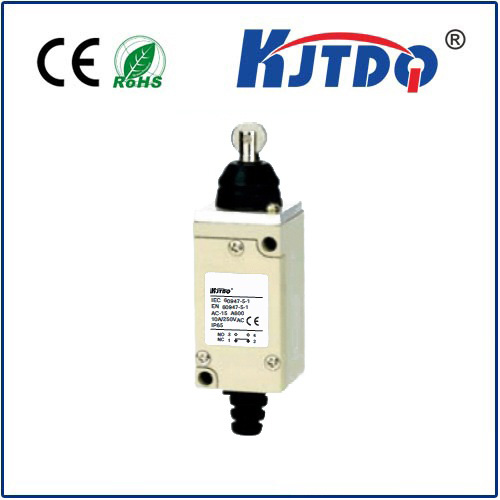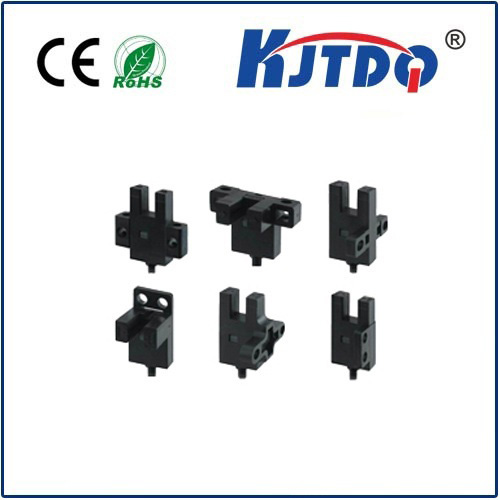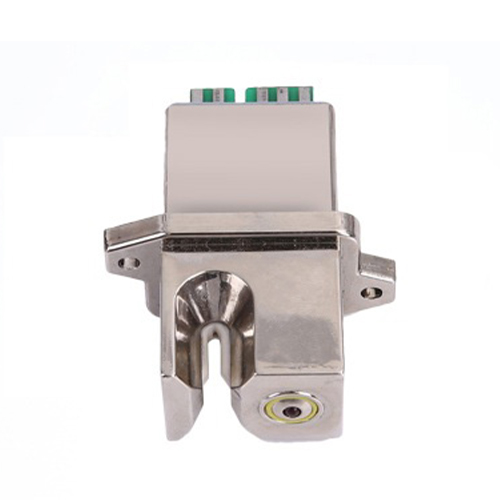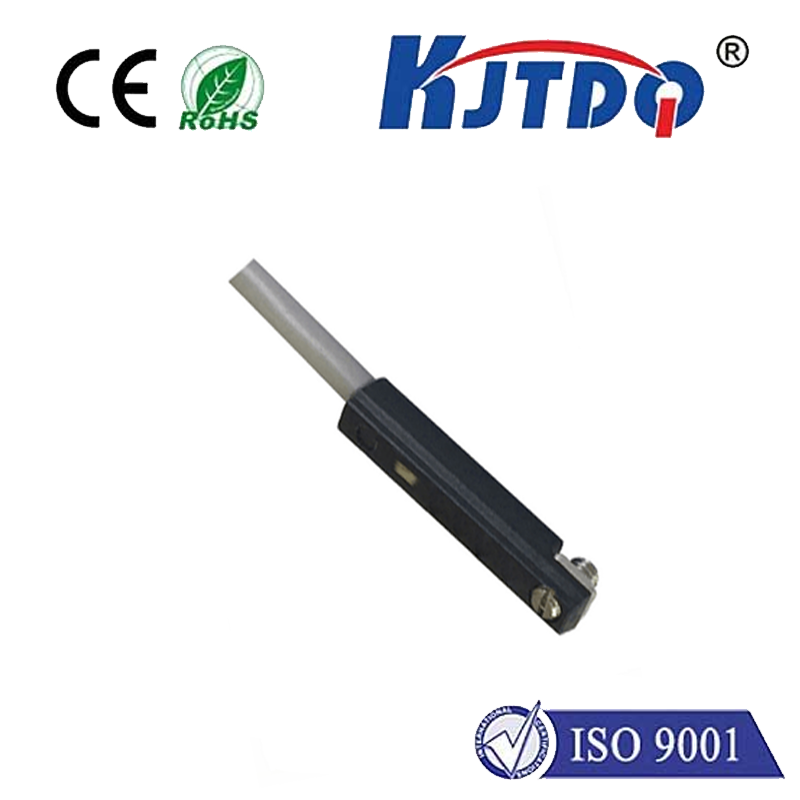reflective optical sensor with transistor output
- time:2025-08-15 02:51:34
- Click:0
Unlock Precision Detection: The Power Of Reflective Optical Sensors With Transistor Output
Imagine your office printer flawlessly feeding sheets, your coffee machine detecting just the right amount of beans, or an automatic soap dispenser sensing your hand instantly. These everyday marvels often rely on a silent workhorse: the reflective optical sensor with transistor output. This ingenious device combines light-based detection with robust electronic signaling, offering a powerful solution for countless object detection tasks in consumer electronics, industrial automation, and beyond.
Core Principle: Light, Reflection, & Transistor Switching
At its heart, this sensor operates on a beautifully simple yet effective principle. It contains two key optical components housed together in a compact package:
- An Infrared (IR) Emitting Diode (IRED): This component emits an invisible beam of infrared light. The IR wavelength is commonly used to minimize interference from ambient visible light.
- A Phototransistor (or Photodiode + Amplifier): Positioned to receive light reflected back towards the sensor, this component acts as the light detector.
Here’s how it works:

- The IRED emits a beam of light directed outward from the sensor head.
- When an object enters the detection zone in front of the sensor, this beam strikes the object’s surface.
- Provided the object is reflective (at least to some degree, depending on sensor design), a portion of this light beam is reflected back towards the sensor.
- The returning reflected light strikes the sensitive surface of the phototransistor.
- The phototransistor converts this received light intensity directly into an electrical signal. Crucially, its output stage is a transistor (typically configured as an open-collector or open-drain output).
The Crucial Role of Transistor Output
This transistor output is fundamental to the sensor’s utility and widespread adoption. Unlike analog sensors that provide variable voltage or current levels proportional to light intensity, the transistor output provides a clean, digital signal:
- Switching Behavior: The output transistor essentially acts as a switch.
- Object Absent: Minimal or no reflected light reaches the phototransistor. The output transistor is OFF (open-circuit). The output signal is typically at a “high” voltage level (e.g., pulled up by an external resistor to the supply voltage).
- Object Detected: Sufficient reflected light strikes the phototransistor. The output transistor is turned ON (saturated, acting like a closed switch to ground). This actively pulls the output signal line LOW.
- Digital Signal: This provides a clear, unambiguous HIGH/LOW signal indicating the presence (LOW) or absence (HIGH) of an object within the detection range. This is ideal for direct interfacing with logic circuits, microcontrollers (GPIO pins), Programmable Logic Controllers (PLCs), and other digital systems.
- Open-Collector/Open-Drain Advantage: This configuration offers significant flexibility:
- The sensor output can switch a voltage up to its maximum rating, independent of its own supply voltage (e.g., a sensor powered by 5V can switch a 12V load via the output transistor).
- Multiple sensors can easily share a single pull-up resistor line (wired-OR logic).
- Simplifies interfacing with different logic families (TTL, CMOS) by choosing the appropriate pull-up voltage.
- Robustness: Transistor outputs are generally more resistant to electrical noise compared to small analog signals, making them reliable in electrically noisy industrial environments.
Key Advantages Driving Adoption
Reflective optical sensors with transistor output dominate many applications for compelling reasons:
- Compact Design & Non-Contact Sensing: Integrating both emitter and receiver into a single, small package enables installation in tight spaces. Detection occurs without physical contact, eliminating wear and tear on the sensor and the object.
- Reliability & Simplicity: With no moving parts and generating a straightforward digital signal, they offer high reliability and ease of integration compared to mechanical switches.
- Low Power Consumption: Particularly beneficial in battery-powered devices (like portable meters or dispensers), these sensors consume minimal power, especially when the IRED is pulsed rather than continuously on.
- Microsecond-Level Speed: The detection and switching response time is extremely fast, making them suitable for high-speed counting, positioning verification, and conveyor belt applications.
- Output Flexibility: The open-collector/transistor output provides the voltage level flexibility and noise immunity advantages mentioned above.
- Cost-Effectiveness: High-volume manufacturing makes them an economical solution for mass-market applications.
Where They Shine: Diverse Applications
The combination of non-contact detection, a clean digital output signal, and compact form factor makes these sensors incredibly versatile:
- Consumer Electronics: Paper detection in printers, scanners, and copiers; media (tape/CD) presence in audio/video players; cover closure detection (laptops, appliances); detecting movement or objects in automatic soap/sanitizer dispensers, coffee machines, vending machines.
- Industrial Automation: Object presence detection on conveyor belts; part positioning/counting in assembly lines; detecting the leading/trailing edge of materials; end-of-travel limits on moving parts; jam detection; liquid level sensing in translucent containers. Their robustness against dust and ability to detect a wide range of materials are key here.
- Robotics & Automation: Position feedback for arms and grippers; obstacle detection/short-range proximity sensing; line following.
- Automotive: Gear position sensing; seat belt buckle detection; glove box/door ajar detection; fluid level sensing.
- Instrumentation & Measurement: Tachometers (counting rotations); coin detection in payment systems.
Key Considerations for Optimal Selection
To harness the full potential of a reflective optical sensor with transistor output, consider these factors during selection and design:
- Detection Distance & Range: This is determined by the IRED’s power and the phototransistor’s sensitivity. Specify the required minimum and maximum












